How To Create A Newt Habitat For Exotic Garden Wildlife
If you create a newt habitat, you’ll give your wildlife garden a boost while making friends with some highly engaging animals. We show you how easy it is to make room for newts
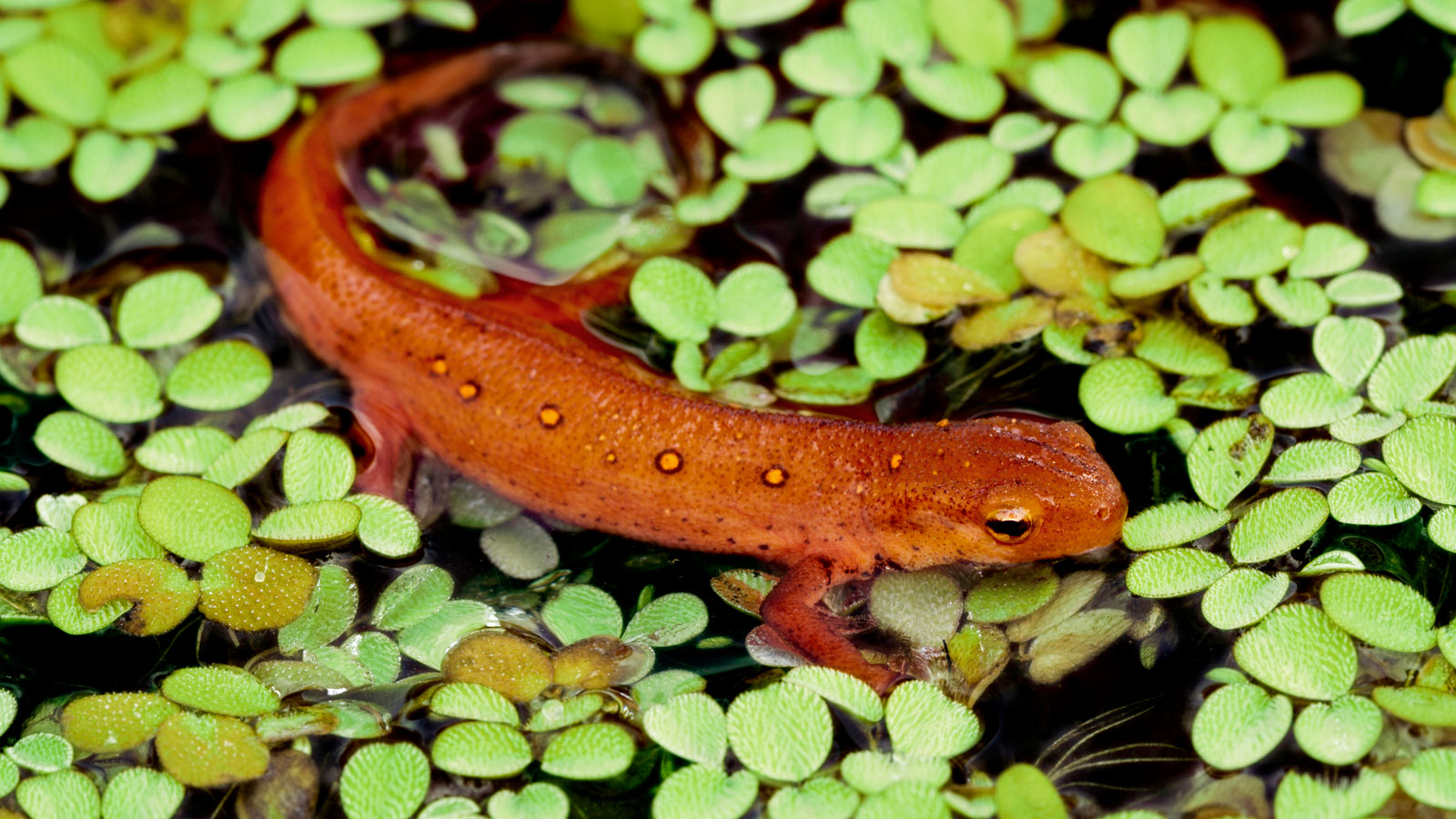

A newt habitat is a perfect chance to get acquainted with some highly engaging and intriguing creatures. Newts are a kind of salamander, distinguished by their semi-aquatic lifestyle. These small amphibians spend part of their lives on land, and part in the water.
While there are over 100 species of newts living in North America, Europe, Africa and Asia, they metamorphose in the same way. They start life as larvae living in water like freshwater ponds, marshes or small lakes. They move to land for their juvenile stage (when they are termed efts) and stay on land as adults, returning to water only to breed.
Newt populations are in trouble in many regions. This is primarily a result of habitat loss, with pollution a close second. You can help mosquito-munching newts thrive in your yard if you create a newt habitat. It’s not difficult to put in a newt pond, an essential part of a newt habitat setup. I’ve had one for years, and can testify that it doesn’t require much effort to keep these amphibians happy!
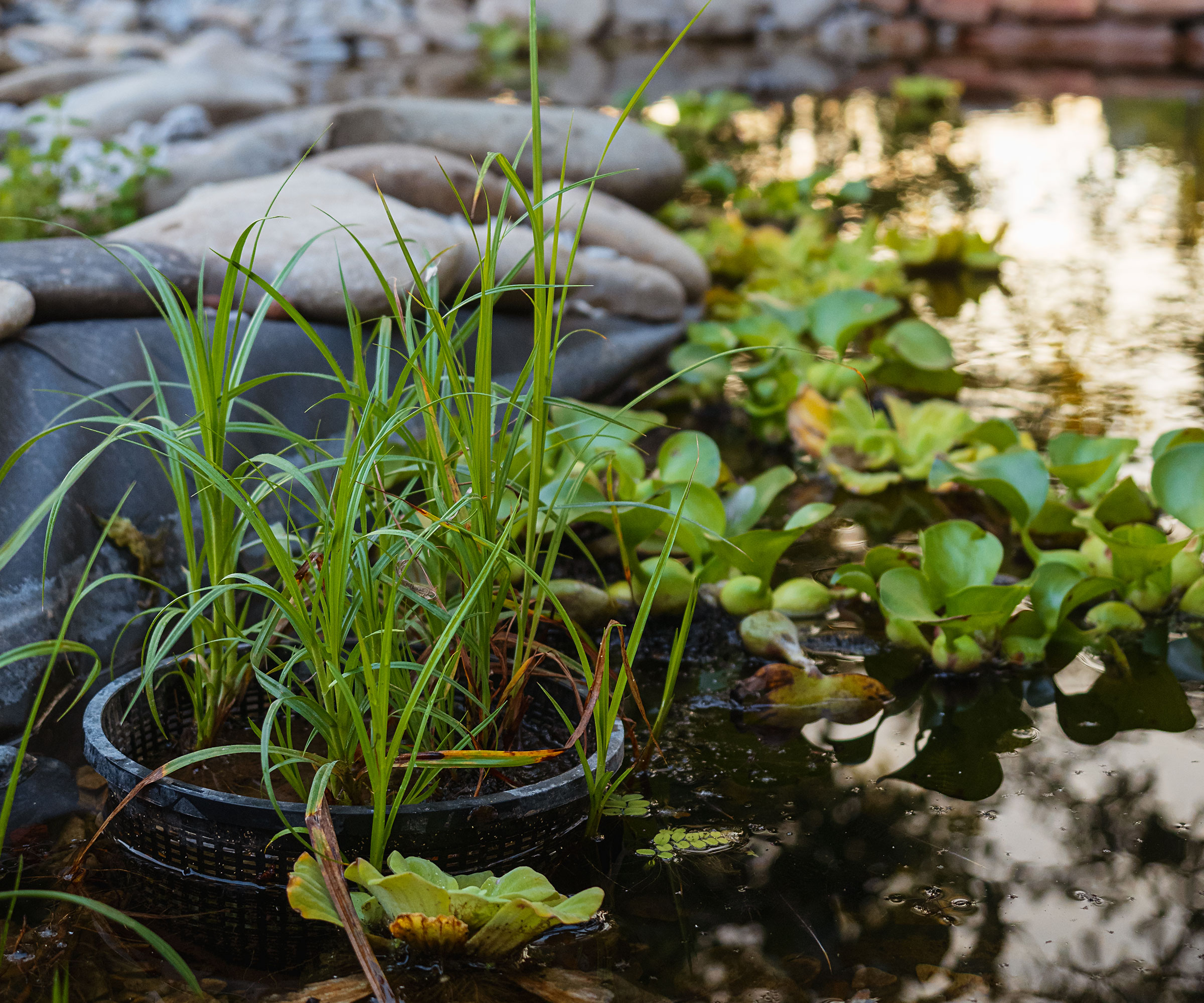
Essentials for Creating a Newt Habitat
For newts to live and thrive, they need a proper newt habitat. This will necessarily include a small, freshwater pond or marsh. The terrestrial area is where newts live as they grow older. It should be rich in cover, including cultivated ground cover. There should also be yard detritus like fallen leaves and brush piles for your newts.
The best habit for newts will have shelter. They spend a good part of their lives on land, but the best habitat for newts includes moist, decaying logs and stumps. They visit this sheltered area when they are hiding from predators or need protection from the elements.
How to Create a Newt Habitat
Many gardeners might need to add a water element if they want to attract newts to garden areas. This can (but need not) be a large body of water. You can either hire a contractor or dig your own pond. Vary the depth of your pond or water feature, so some areas are deeper than others. If you use a liner, cover it with mud (organic, not fertilized topsoil) and dead leaves to provide cover for the newts.
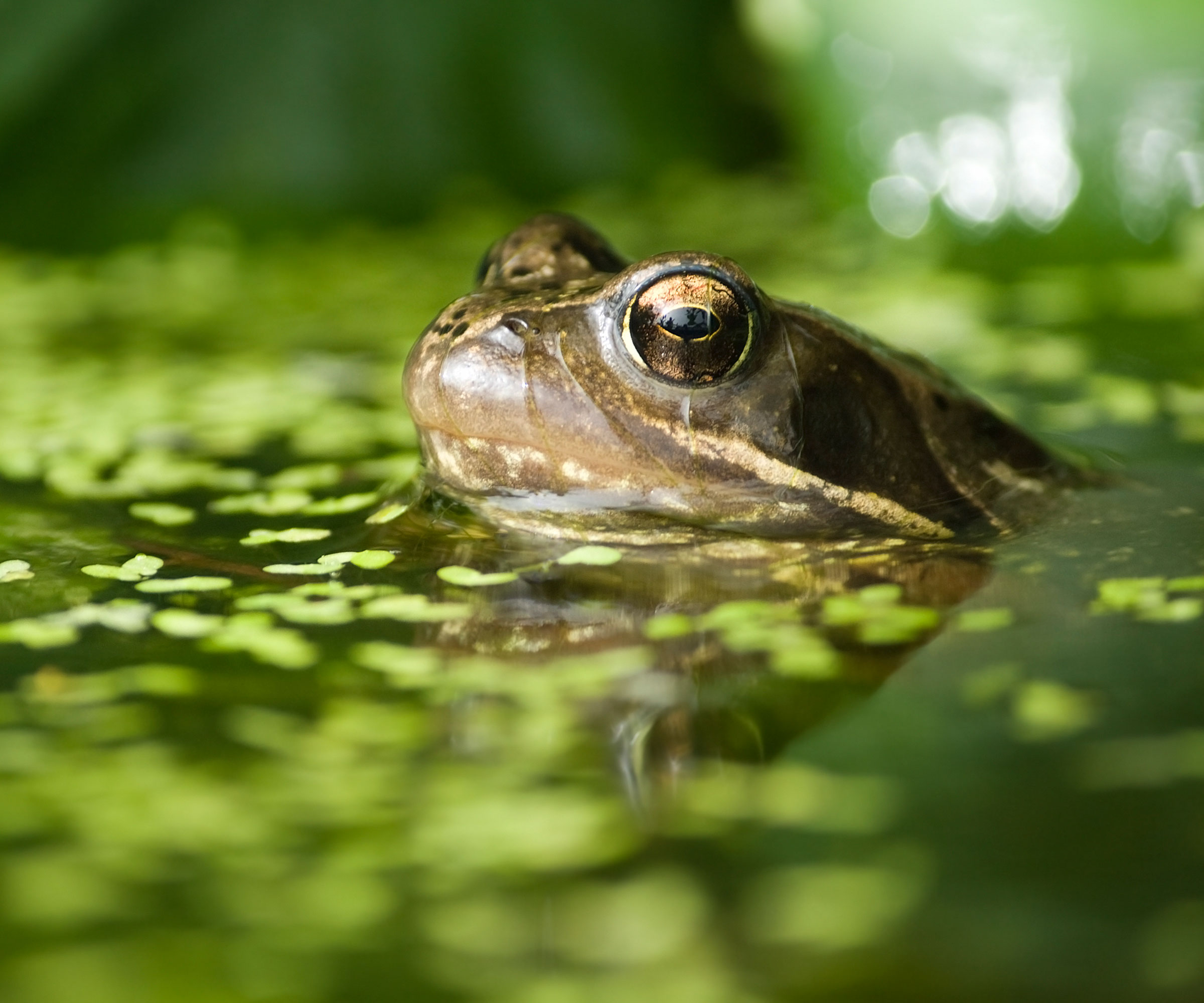
Making Sure Newts Are Safe and Happy
Newts consume aquatic insects, such as mosquitos. This generally is not a problem, since anyone who adds a pond to their backyard is likely to have mosquitos. Be sure not to use any toxic or chemical sprays that could get into the water and kill the newts.
Gardening tips, videos, info and more delivered right to your inbox!
Sign up for the Gardening Know How newsletter today and receive a free copy of our e-book "How to Grow Delicious Tomatoes".
I have had a backyard pond for years. These amphibian friendly environments are great for attracting newts, salamanders, frogs, dragonfly larva, toads and snakes in the water. However, take care with wood. Early on, I added a piece of wood for a bridge and sunning area. I put in cut lumber that had been pre-treated. The next morning, I woke to find many dead amphibians. It was a sad moment, but a good lesson. Use natural wood and look out for anything that might have been sprayed or treated.
Another danger for newts is the domestic cat. Cats may be wonderful pets indoors, but outdoors they can be killing machines. They prey on birds, but can also kill amphibians. Don’t let your cat roam outdoors.
Also, don’t get too deeply involved in the newt’s personal lives. Once my young daughter spotted a newt that appeared to be acting aggressively toward a smaller newt. I stepped in and chased it away. I later learned that this was a ritual mating dance, not an act of amphibian bullying.
Choose The Right Plants For a Newt Habitat
Native plants are best for all forms of wildlife, and this includes newts. The plants that typically grow wild in your area will attract the native insects that the newts are used to consuming. For an effective newt habitat setup, one tip I found helpful is to take out the lawn. Lawns have no value when it comes to wildlife habitat. Instead, put in native grasses which not only help amphibians, but also birds, small mammals and even deer.
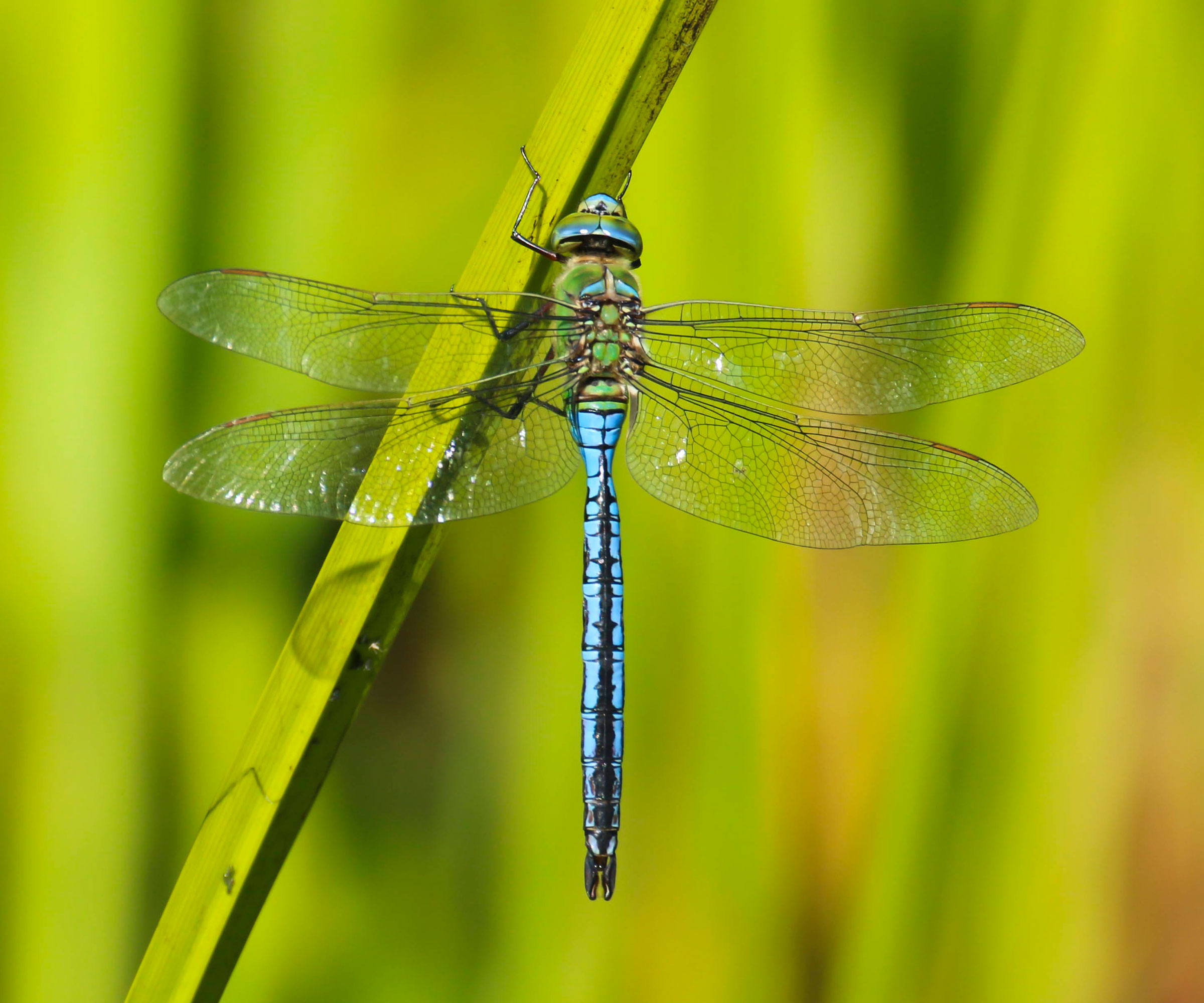
Which Visitors Come To a Newt Habitat
The types of newts your newt habitat will attract depends on where you live. But wherever, there are likely to be other visitors as well. In my backyard pond in France, we regularly get tadpoles, young toads, young collar snakes and dragonfly larva. Most of these creatures are carnivorous and eat mosquitos, too! The snakes also eat tadpoles and young newts, but you have to let nature take its course.
Frequently Asked Questions
Can Newts Live with Turtles?
If you also wish to attract turtles to your garden, take care with newts. Newts and turtles don’t make good roommates. The turtle may well eat the newt and, given the toxicity of its skin, both creatures can die. In addition, turtles prefer water that is much warmer than what newts like, so one or the other species will suffer.
Can Newts Live with Fish?
It is not a good plan to put fish into your newt pond. Fish eat a lot of eggs from newts and other salamanders. As they grow, the young newts have to move around a lot to find mosquitos to eat, so they become easy fish prey.

Teo Spengler is a master gardener and a docent at the San Francisco Botanical Garden, where she hosts public tours. She has studied horticulture and written about nature, trees, plants, and gardening for more than two decades. Her extended family includes some 30 houseplants and hundreds of outdoor plants, including 250 trees, which are her main passion. Spengler currently splits her life between San Francisco and the French Basque Country, though she was raised in Alaska, giving her experience of gardening in a range of climates.
-
 Looking For Plants To Give You The Soft And Fuzzies? Try These 5 Fuzzy Leaf Plant Options
Looking For Plants To Give You The Soft And Fuzzies? Try These 5 Fuzzy Leaf Plant OptionsLovers of texture, drama, silver foliage and tactile plants will adore these special sensory garden additions. These fuzzy leaf plant options will leave you all aglow
By Susan Albert
-
 Get Ready For A Summer Of Hummers! Grow These Full Sun Hummingbird Plants and Flowers
Get Ready For A Summer Of Hummers! Grow These Full Sun Hummingbird Plants and FlowersIf you’re lucky enough to enjoy a sunny backyard, make sure you are maxing out on your pollinator opportunities and grow these full sun hummingbird plants and flowers
By Tonya Barnett
-
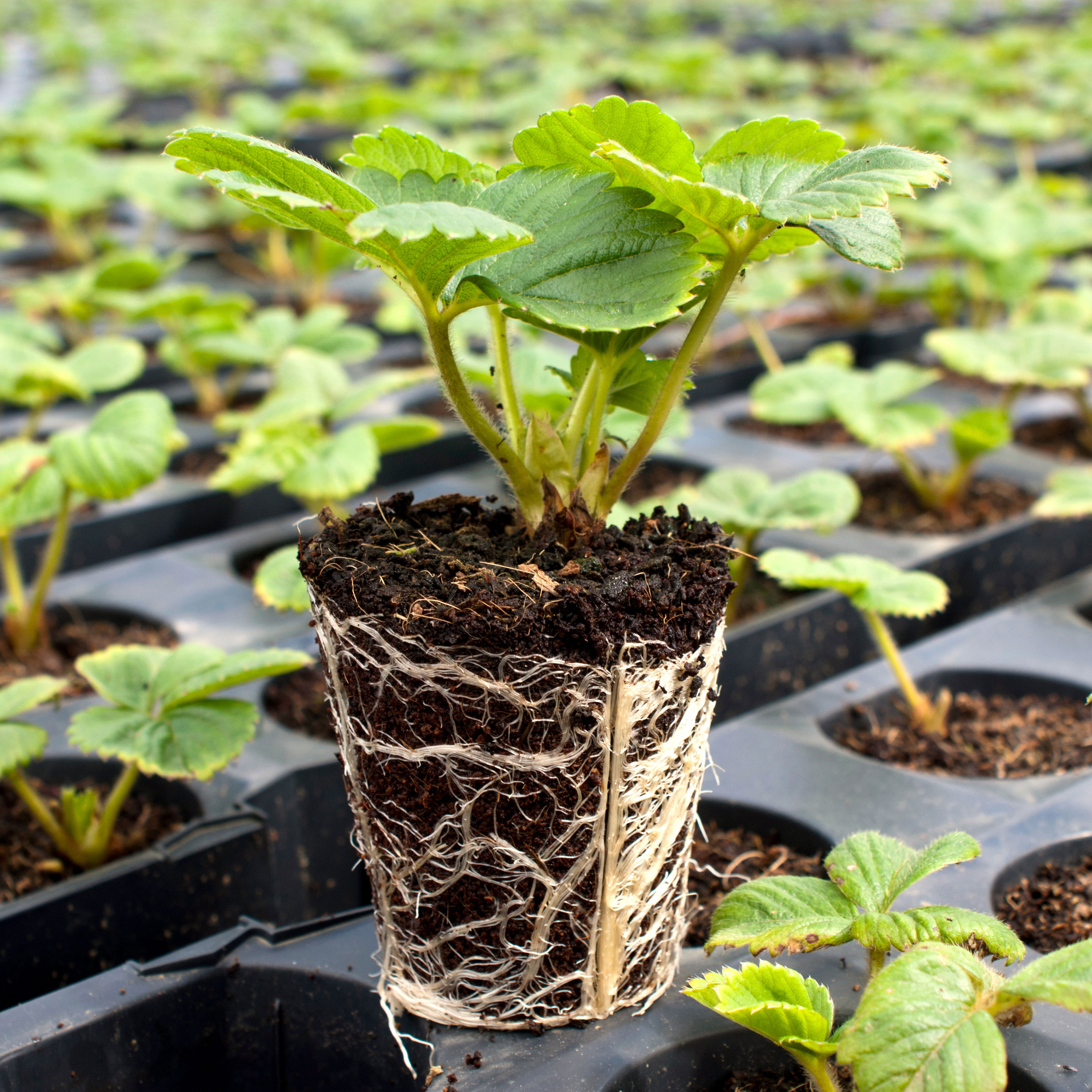 Why Choose Plugs For Plants? 3 Benefits Of Using Plug Plants For Beds, Baskets And Edibles
Why Choose Plugs For Plants? 3 Benefits Of Using Plug Plants For Beds, Baskets And EdiblesEver thought of growing plugs for plants and wondered whether it was worth it? We reveal the key reasons why they can help you with your growing ambitions this year
By Tonya Barnett
-
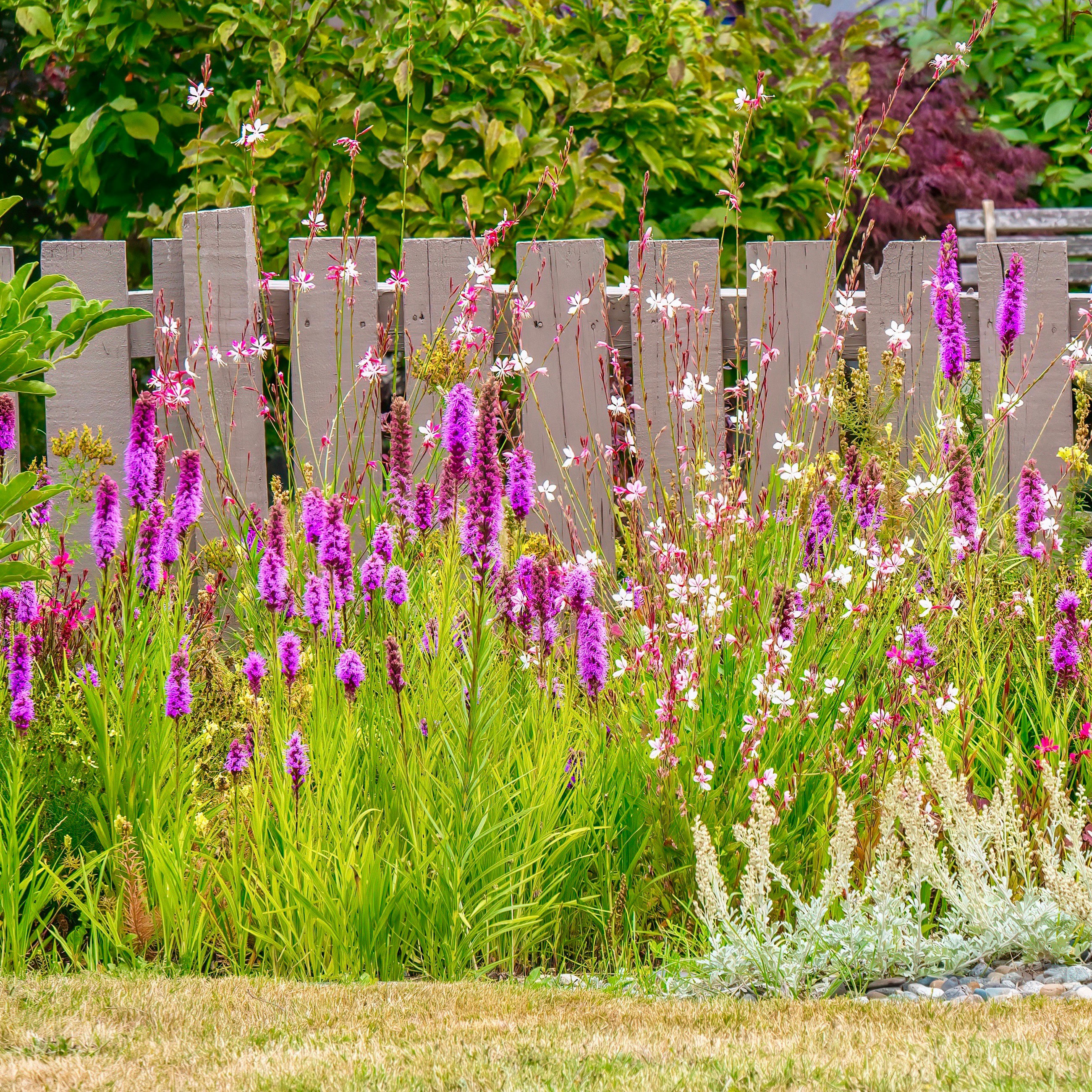 Easy Fence Landscaping Ideas: 6 Ways To Perk Up Your Property Line With Lush Landscaping
Easy Fence Landscaping Ideas: 6 Ways To Perk Up Your Property Line With Lush LandscapingIf you want to brighten up a garden fence, these ideas will provide visual interest and support. Try these easy fence landscaping Ideas for a pretty and private yard
By Teo Spengler
-
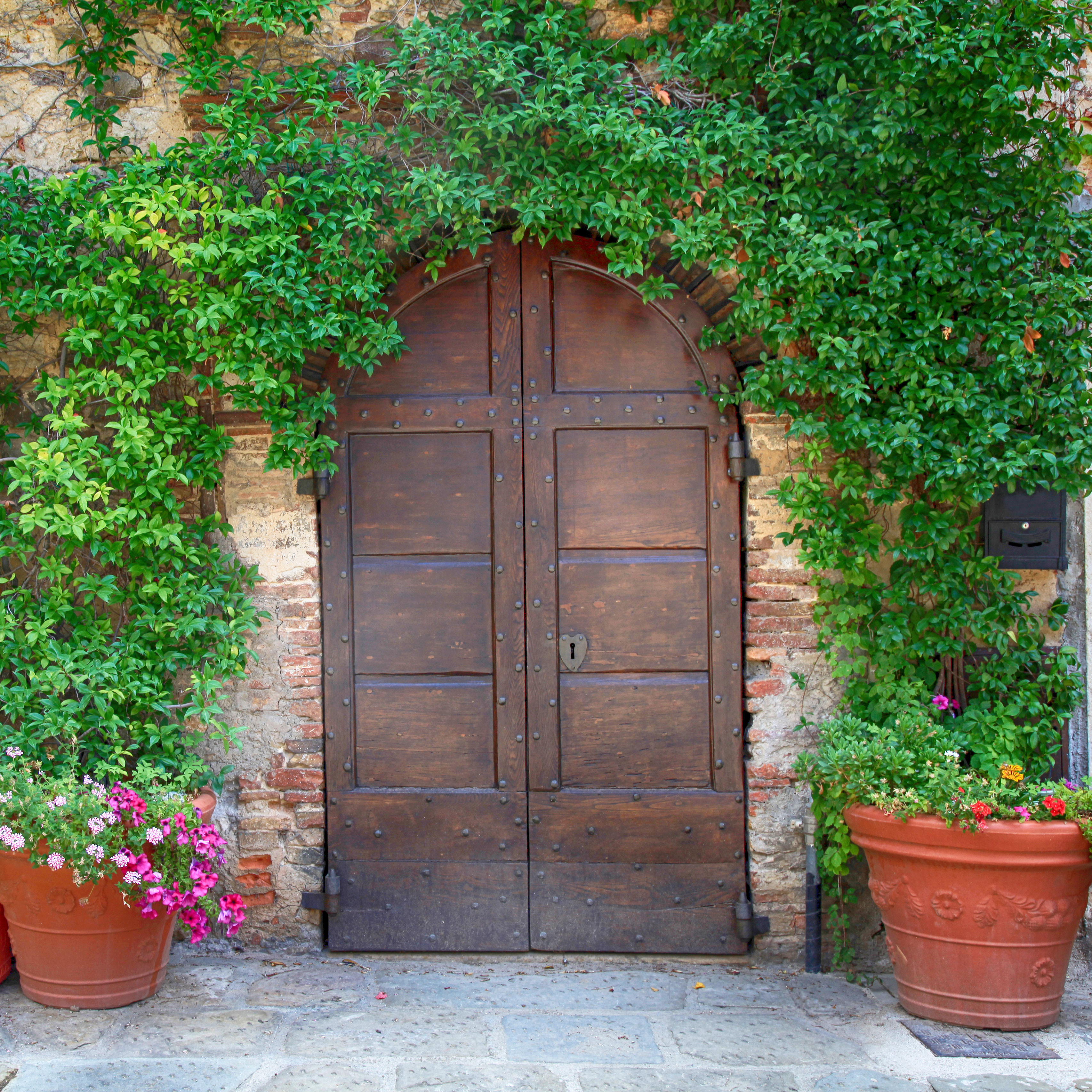 Hardscaping Ideas To Make A Garden Look Old: 5 Ways To Make Your Yard Look Centuries Older
Hardscaping Ideas To Make A Garden Look Old: 5 Ways To Make Your Yard Look Centuries OlderThere are a few ways to make a garden look lived in, but some planting ideas can take time – here, we round up key hardscaping ideas to make a garden look old
By Mary Ellen Ellis
-
 Attract More Pollinators: 8 Best Nectar-Producing Plants For Honey Bees And Other Pollinators
Attract More Pollinators: 8 Best Nectar-Producing Plants For Honey Bees And Other PollinatorsWant to know the core plants you can grow to add beauty while helping beneficial garden friends? Discover the best nectar-producing plants for honey bees and other pollinators
By Tonya Barnett
-
 Plants To Propagate In Winter: 6 Of The Best Options For Cultivating Winter Cuttings
Plants To Propagate In Winter: 6 Of The Best Options For Cultivating Winter CuttingsWe usually associate propagation with spring, but there are a few plants you can grow from cuttings in cold months. We round up the best plants to propagate in winter
By Mary Ellen Ellis
-
 Make This Your Year In The Garden: New Year Resolution Ideas To Enhance Your Gardening
Make This Your Year In The Garden: New Year Resolution Ideas To Enhance Your GardeningGet a jump on your gardening projects now so you can reap the rewards year round! Crack open your planner, grab a hot drink, and peruse these key New Year resolution ideas
By Janey Goulding
-
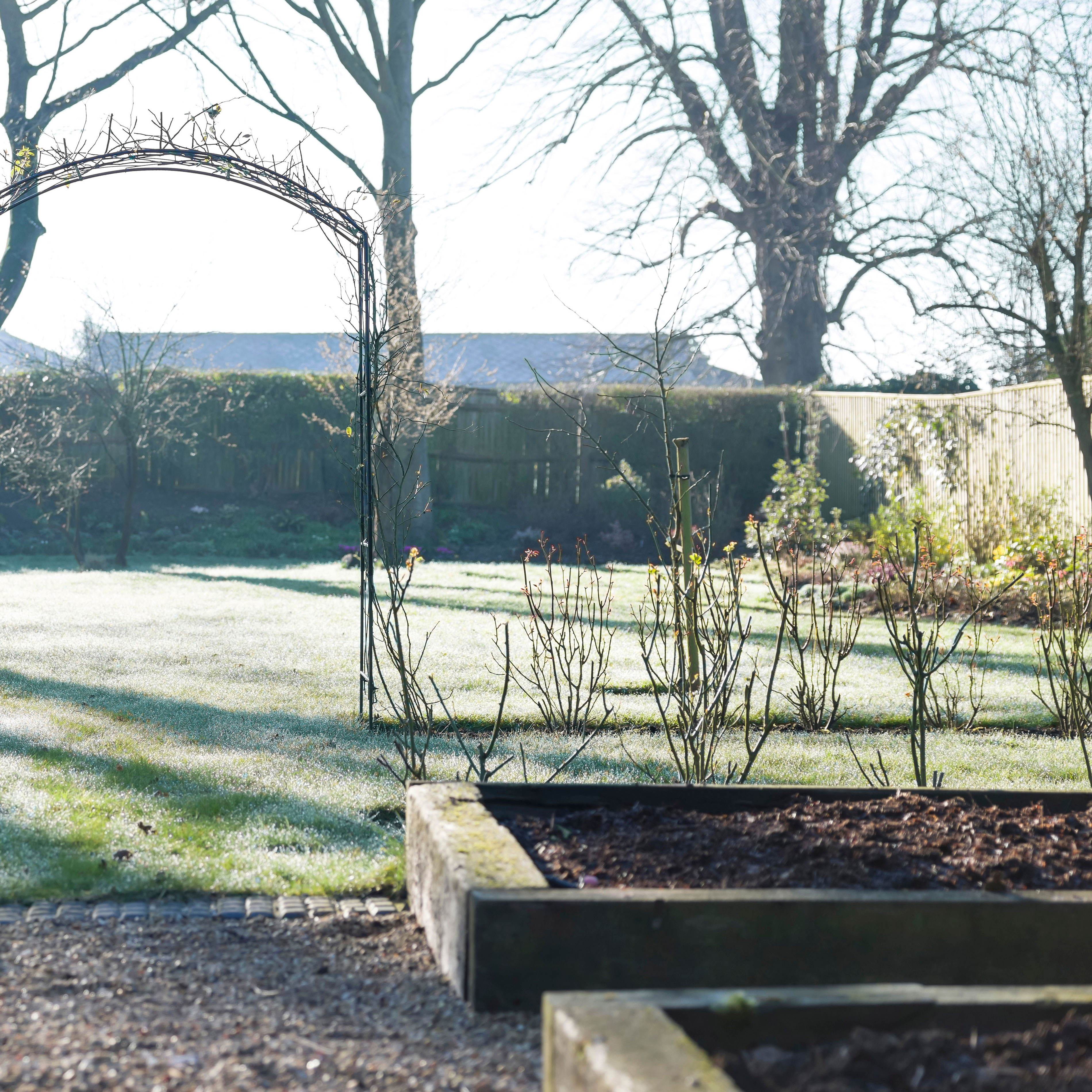 Winterizing Raised Beds: How To Protect Your Raised Bed Gardens In Winter
Winterizing Raised Beds: How To Protect Your Raised Bed Gardens In WinterKeeping raised beds protected in winter will ensure that you can hit the ground running in spring. Our guide to winterizing raised beds will help you get ready
By Mary Ellen Ellis
-
 Get Gardening For Better Sleep: Why Gardens And Plants Can Give You Happier Bedtimes
Get Gardening For Better Sleep: Why Gardens And Plants Can Give You Happier BedtimesWe all know gardening is intrinsically linked to a ‘feel good’ factor – have you ever wondered why it helps with rest? Here’s the thinking behind gardening for better sleep…
By Mary Ellen Ellis